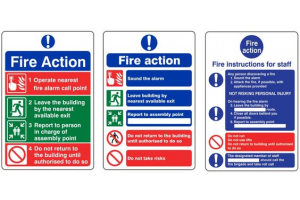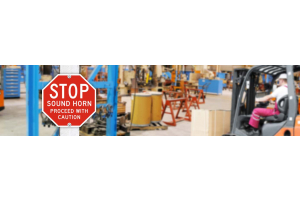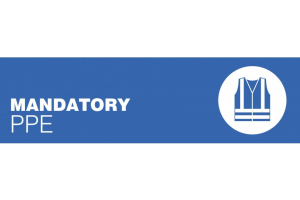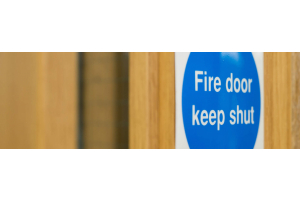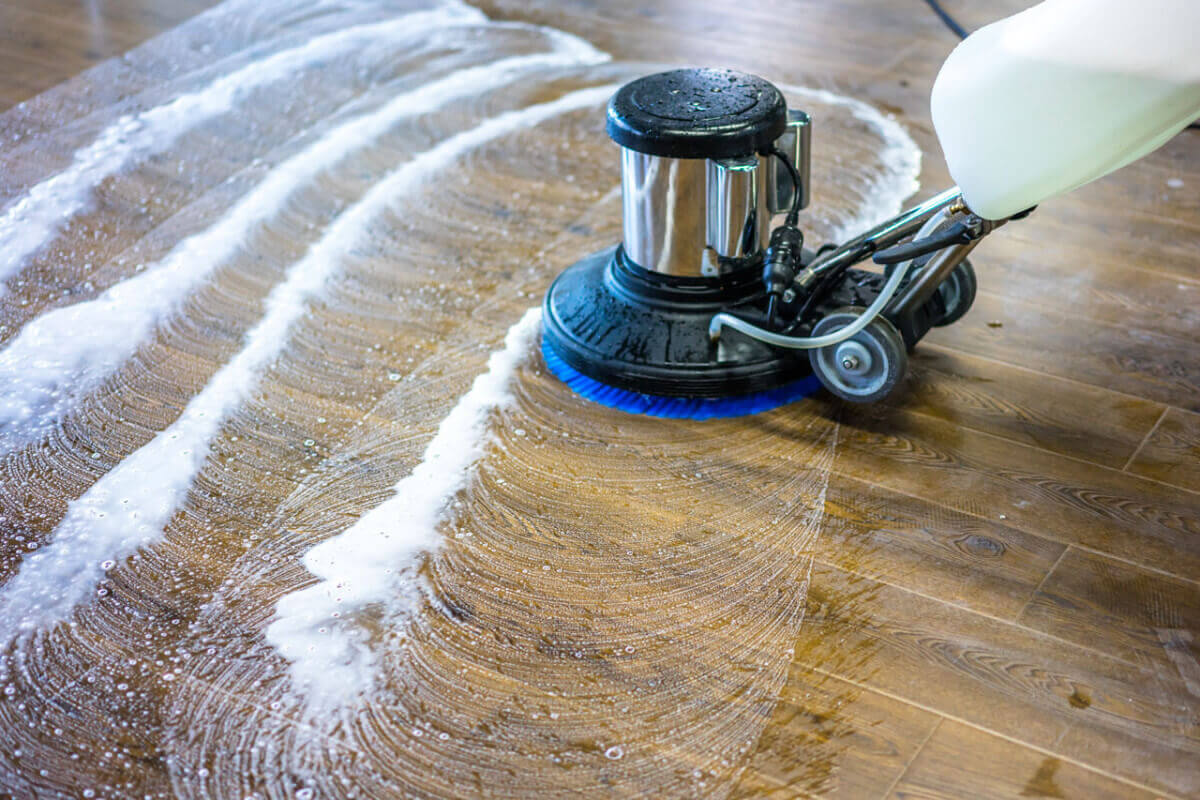
Wet vacuum cleaner - effective at cleaning up liquid spills. This is more effective on smooth floors which can be left completely dry. Dry vacuum cleaner - effective at cleaning up dry/dusty contaminants. This is often effective on rougher floors. It avoids the creation of airborne dust. If the dust creates a health risk, make sure the filter is suitable. Scrubber-drier machines - can be an effective way to clean most kinds of flooring. Different designs of scrubber-drier machines lend themselves to different situations. The squeegee needs to be wide enough to recover all the water put down by the scrubber-drier. Single scrubber machines tend to throw water out to one side and may require an asymmetric squeegee to recover and clean up all the water. The squeegee needs to be well maintained to ensure there is no leakage, which may, for example leave a smooth floor dangerously wet. On very rough or profiled surfaces the squeegee may not be flexible enough to allow adequate removal of water from the surface. On greasy floors a detergent should be used to remove and hold the oil or grease in the water.
The operator should be trained in the correct use of the machine, for example using the appropriate level of water for the floor surface, to reduce leaking and water trails. Make sure cleaning does not introduce an additional slip risk. A smooth wet floor creates a slip risk. People often slip on floors that have been left wet after cleaning. Mopping is one of the main causes of floors being left wet after cleaning. However, other cleaning techniques can also leave the floor wet, for example a poorly maintained squeegee on a scrubber-drier. Where the current cleaning technique results in a smooth floor being left wet after cleaning you should: consider alternative cleaning techniques that leave the floor dry; if alternative cleaning techniques are not going to work in your premises, you need to ensure the floor is left to dry completely before pedestrians are allowed access. To restrict pedestrian access to drying floors, the following techniques are available.
Techniques at the top of the list are considered to be more effective than those at the bottom of the list. A combination of different techniques may be required to make sure methods of preventing access during drying are effective. Clean during quiet hours, when pedestrians are not around. Physically exclude people from wet cleaning areas, for example using physical barriers or locking off an area while the floor is wet. Provide information on alternative routes. The ‘exclusion’ should be removed once the floor is dry so it continues to be effective. Clean in sections, so there is a dry path through the area. Use warning signs. Consider using cones etc carefully, because they only warn of the hazard. Provide information on alternative routes. Cones: do not prevent people from entering the area where they may slip so people ignore them and they lose effectiveness.
Warning signs can be an effective means of informing people of a spill before it can be cleaned up, especially if the spill is visible, indicating the sign is being properly used and, critically, the sign is removed once the area is safe. Stairs are a particularly hazardous part of the building and become even more so when being cleaned. The potential for a slip or trip applies to both the cleaner and the stair user. During the course of their work cleaners may be exposed to slip risks. Controls should ensure risks are minimised, for example by the sequence in which cleaning is undertaken and the cleaning techniques used. Appropriate slip-resistant footwear can also help reduce the slip risk to cleaners themselves. Footwear provided as personal protective equipment must be free to employees. Contamination should be removed effectively and appropriately. Smooth floors should not be left wet, if people have access. Warning signs such as cones are generally ineffective because they are not used properly.
Obstacle removal
Obstructions and objects left lying around can easily go unnoticed and cause a trip accident. These causes are frequently overlooked, but generally easy to remedy. Potential trip hazards associated with cleaning and possible control measures to reduce the risk to cleaners and others are given below. Cables and leads - from cleaning equipment such as scrubber-driers and vacuum cleaners. The use of battery-operated equipment avoids trailing cables. Where possible cleaning should be undertaken during quiet times or outside normal work hours to reduce the likelihood of people tripping over equipment and cables. If cleaning has to be carried out when there are people in the vicinity, ensure staff and others are made aware that cleaning is in progress, for example by using effective signs or barriers. Where the use of a cable is unavoidable, minimise the operating length (for example by using a closer socket), increase its visibility, cover it or move it out of the way of pedestrians (for example by using overhead cables). Disconnect and tidy away equipment after use.
Rubbish - for example discarded boxes, waste materials, bin bags. Safely remove and dispose of any waste items that may cause a trip hazard. Avoid temporary trip hazards by not leaving unattended rubbish in walkways. Uneven floors - For example curling mats, peeling or missing carpet tiles, holes, and changes in level. Cleaners and supervisors should report any flooring defects or unmarked changes in level to the occupier. Occupiers should put systems in place, which make it easy for cleaners to report defects. Lighting - poor lighting can increase the risk of trips, as obstacles may not be clearly visible. Cleaners and supervisors should tell occupiers about areas where the light is poor or bulbs are missing or blown. Housekeeping - inform occupiers about housekeeping issues, for example workers leaving clutter around workstations, which create trip hazards for cleaning staff.
The same applies to spillages, for example leaking machinery, spillages from vending machines and leaking roof lights. Make sure cleaning equipment is not left unattended and is safely stored when not in use. Somewhere should be provided for the storage of cleaning equipment and warning signs, barriers etc.
